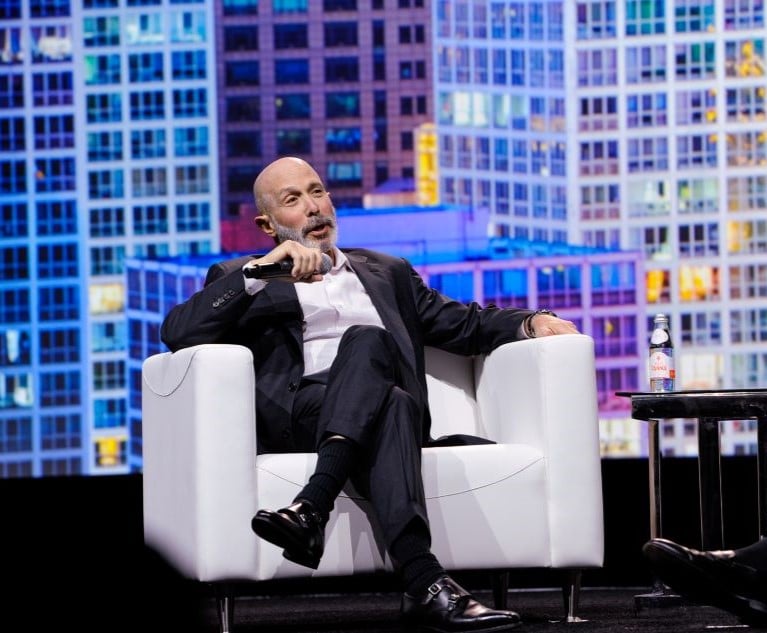Like children with a shiny new toy, adults introduced to socialmedia jumped in and started playing: Posting personal photos toFacebook and accepting requests for “friendship” from long-losthigh school pals. What fun! Suddenly we were getting an inside lookinto the lives of people we hadn't connected with in years!
|But unlike a new toy, social media didn't come with any realinstructions. We unwrapped it, signed up and off we went, sharingour world with…the world. As more and more people used this newform of communication, the seeds of chaos were planted.
|Rules of engagement
|Without guidelines on how to use social media, disaster is justa tweet away. Many people—and companies—have found out the hardway. Embarrassing gaffes, impulsive rants and misguided commentshave ensued.
|What you post on social-media sites is out thereforever. The Internet never forgets; a “selfie” postedafter a night on the town or a tweet about a colleague can causemore damage than you think. It's dangerous to assume privacysettings protect you. Even if you've locked down your Facebookpage, once it's posted to the web you can guarantee someone who isnot directly connected to you will find it. All it takes is for oneof your friends to share it with theirfriends.
|And what you say can and will be held against you! Your futureboss, clients, partners, voters and vendors are watching.
|A good rule of thumb: whether you are engaging on social mediapersonally or for business, is this: If you wouldn't say it loudly,in front of your mother (or boss!), you shouldn't post itonline—anywhere!
|For business owners, with so many companies supporting “bringyour own device” (BYOD) to work, it's more important than ever thata clear social-media policy is in place for employees. They arerepresentatives of your brand, and in business, perception iseverything. To protect yourself from the embarrassment of a socialmedia faux pas, create a policy that clearly states what you expectfrom your employees when it comes to social-media use. Set clearboundaries, especially for those who are part of yourbrand-building process.
|Do I know you?
|In this world of connectivity, how connected are we really? Hasthe word “connected” lost its meaning? With the ability to connectto anyone, anytime, anywhere through social media, the term“connected” has been watered down. Think about how many of thegeneric “I'd like to add you to my professional network onLinkedIn” invitations you receive each month. Very few of them arefrom people you have truly “connected” with outside of socialmedia. It feels a little like “the person with the most fans andfollowers” wins. But do they really?
|Before there was LinkedIn, you wouldn't dream of asking a newacquaintance to buy something from you just minutes after you met.And you certainly wouldn't show up at a networking event inyesterday's outfit. Just like offline networking, buildingrelationships online follows the same basic etiquette rules.
|Here are a few to keep in mind:
- Be professional. On Twitter, don't be the egg;post a professional photo of yourself on your profile. This holdstrue on all social-media sites. A business colleague shouldrecognize you from your online picture. Include information aboutyourself. Your social-media profiles are the equivalent of yourbusiness card, so be sure you keep it updated as your professionalinformation changes. Always keep your basic contact informationupdated and link to your other professional profiles.
- Introduce yourself. Want people to get a sensefor who you are? Post interesting, value-added content on yoursocial media accounts to showcase your professional expertise. Thisis especially true with LinkedIn; when you update your status withuseful information, you're building trust among yournetwork—opening doors forintroductions to new connections.
- Be authentic. Just like in real life, no onewants to connect with “that guy.” You know the one: The guy in thesleazy suit who spends his time schmoozing. One of the biggestmistakes people make when connecting on LinkedIn or Facebook is notpersonalizing the message in the invitation. Swap out the defaultmessage with something like “George, I really enjoy your blog atxblog.com. The leadership content you share is so valuable. I'dlike to add you to my professional network and get to know moreabout your business.” This will let the recipient know how youfound them and why you want to connect. In turn, they will knowthat you aren't connection for the sake of just adding to theirnumbers.
- Listen. Building connections through socialmedia isn't just about pushing out content on this network or that.If you're not taking time to listen and engage with influentialpeople (the ones you are hoping to connect with), you're missing anopportunity. Choose a handful of key people you want to build abusiness relationship with, read what they are posting, and wherethere is an opportunity for you to add value—jump in!
Whether you are connecting with people in the online world, orat a dinner party, knowing how to present yourself in a positiveway is the same. Think before you speak translates to “think beforeyou tweet.”
Want to continue reading?
Become a Free PropertyCasualty360 Digital Reader
Your access to unlimited PropertyCasualty360 content isn’t changing.
Once you are an ALM digital member, you’ll receive:
- All PropertyCasualty360.com news coverage, best practices, and in-depth analysis.
- Educational webcasts, resources from industry leaders, and informative newsletters.
- Other award-winning websites including BenefitsPRO.com and ThinkAdvisor.com.
Already have an account? Sign In
© 2024 ALM Global, LLC, All Rights Reserved. Request academic re-use from www.copyright.com. All other uses, submit a request to [email protected]. For more information visit Asset & Logo Licensing.








